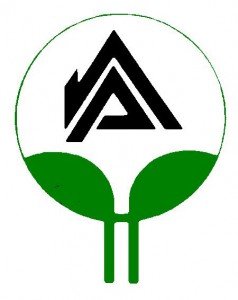The waste material to be processed is obtained primarily from textile spinning mills, cotton gins, apparel and carpet manufacturers. The Company usually contracts with these suppliers either quarterly or semi-annually, although some purchases are made on a spot basis.
The first major classification of by-products comes from the textile spinning mills. As the cotton and/or synthetic fibers are processed through the mills, a certain percentage is accumulated at each process which is called waste or by-products. The product which is in fiber form containing dirty and dusty material is classed from low grade to high grade and sold to reprocessors such as NWP.
The low grade is processed though cleaning machines, and the finished product is used by batting manufacturers to produce batting or cushioning material for bedding and furniture. The high grade is processed through modified ginning machinery, and the finished product is used for spinning coarse yarns used in the mop, upholstery, drapery and tufting sectors of the textiles industry.
Other by-products from the mills include unsized and sized thread waste. The unsized thread waste is chopped and shredded to return it to a fibrous condition and used for spinning, casket pillows and mattresses, non-woven products, medical products and paper products. The sized thread waste is usually sorted to remove tape and then cut or chopped for the paper products industry.
A second classification of by-products comes from the harvesting of cotton. Residue remains from the cotton ginning process which is called cotton gin motes. The Company pioneered the effort to reclaim the cotton fibers from gin motes. This is done by cleaning the motes with a modified ginning process, and this finished product is used for spinning into yarn, for paper making, and for bleached cotton products.
A third major classification of by-products results from the cutting of garments. Already in fabric form, the cuttings must be chopped and shredded to return them to a fibrous condition. This is normally called shoddy, and a large percentage is used for bonded fiber pads in the bedding, furniture and automotive industries.
Approximately 40% to 50% of the by-products purchased by the Company do not require processing at the Company’s plant and are sold to the same end users referred to above. A recap of the product application follows:
1. Spinning————– -Fibers for producing coarse yarn for mops, upholstery, drapery and tufted products.
2. Bedding————– -Cushioning material (batting) and insulator pads of bonded fiber.
3. Furniture ————- -Cushioning material (batting) and bonded fiber pads.
4. Automotive———– -Bonded fiber pads used as insulation, trunk liners, and sound deadeners.
5. Medical————— -Bleached absorbent cotton, cotton swabs, personal hygiene products.
6. Carpet—————- -Rug and carpet underlay – bonded fiber padding.
7. Paper—————– -Currency paper and writing paper.
8. Pound Goods————Cloth remnants and seconds, off quality towels, sheets, washcloths, etc.
9. Miscellaneous——– -Mechanics wiping waste from dyed thread waste; wiping cloths from sorted rags; pillows and stuffed animals from shoddy; apparel from cloth remnants, etc.

